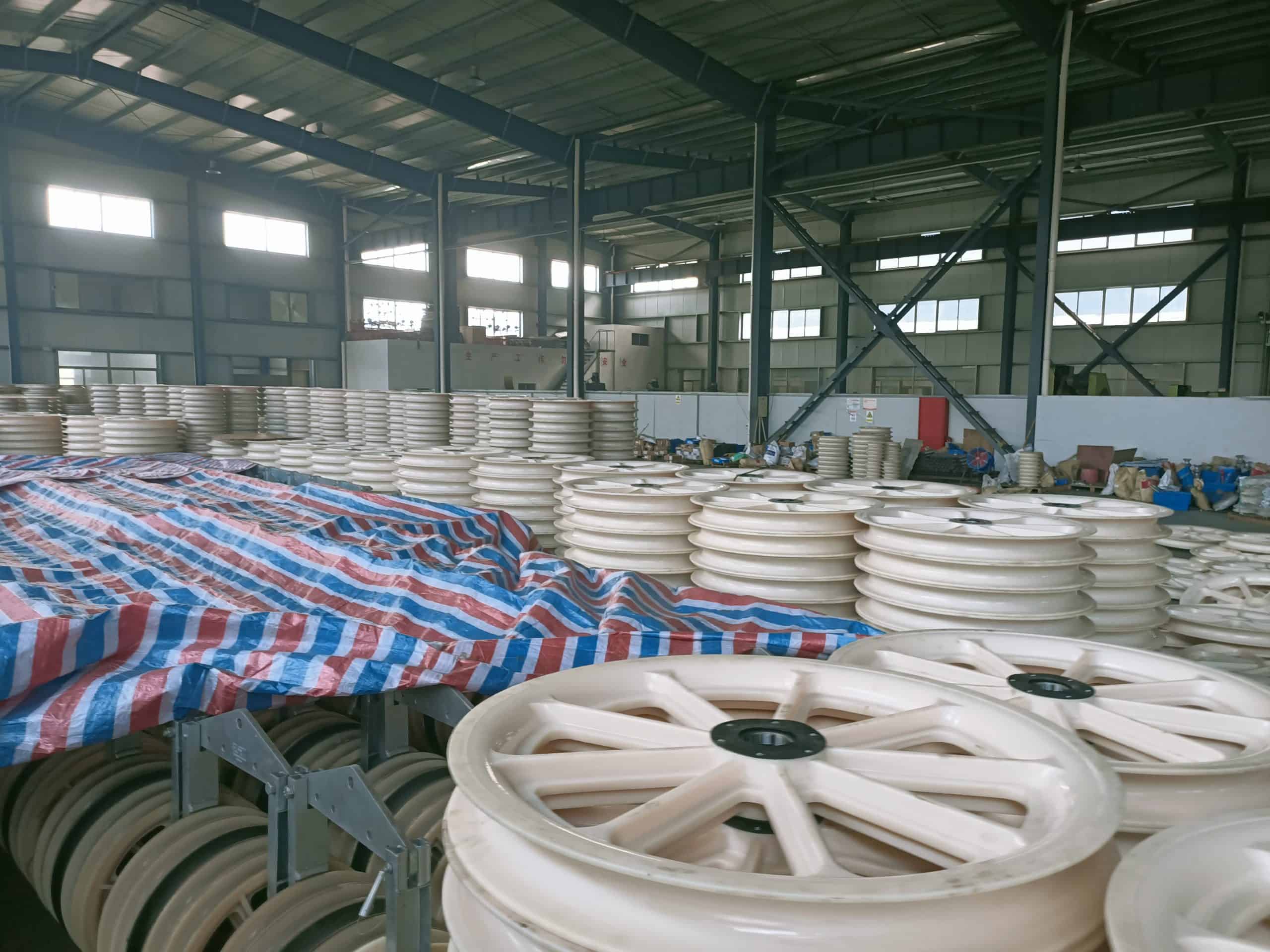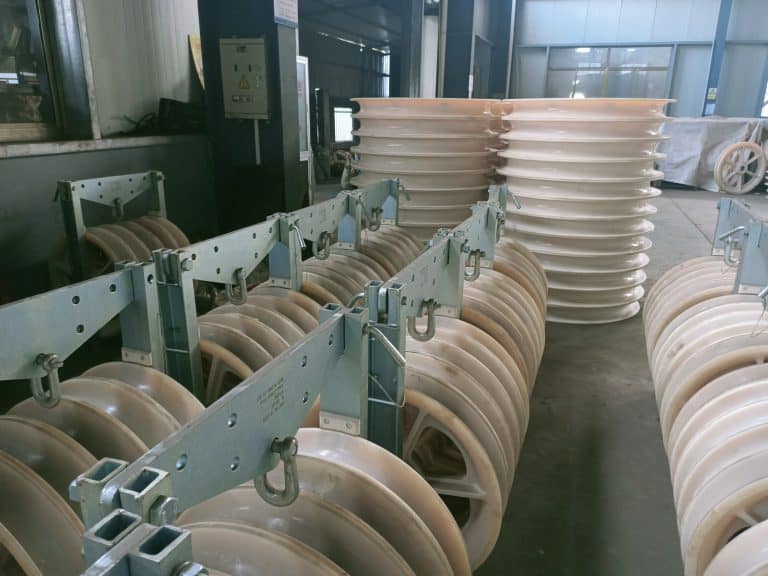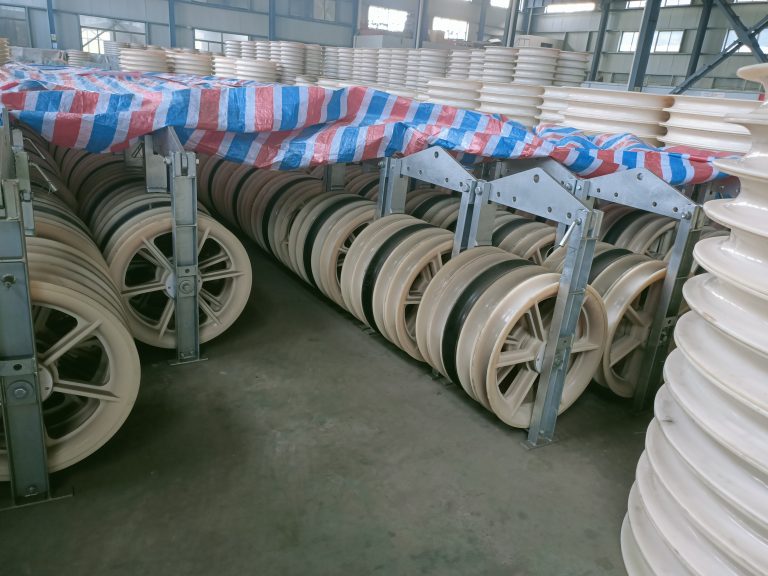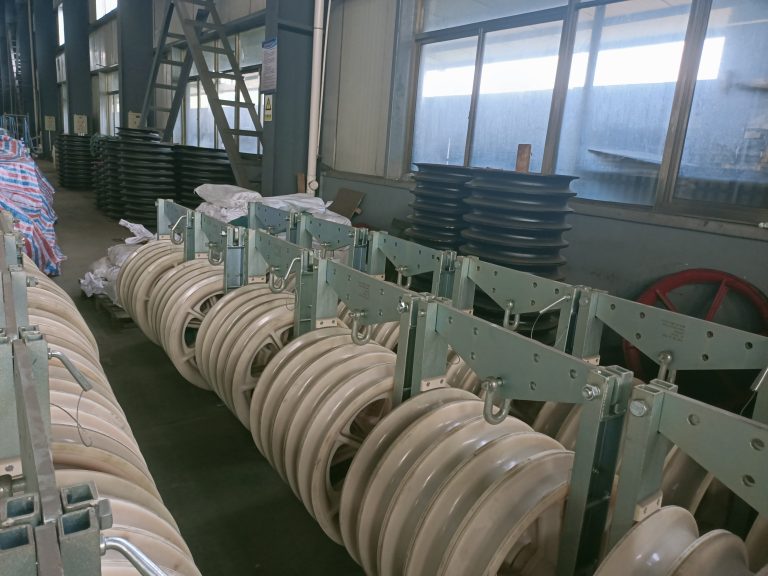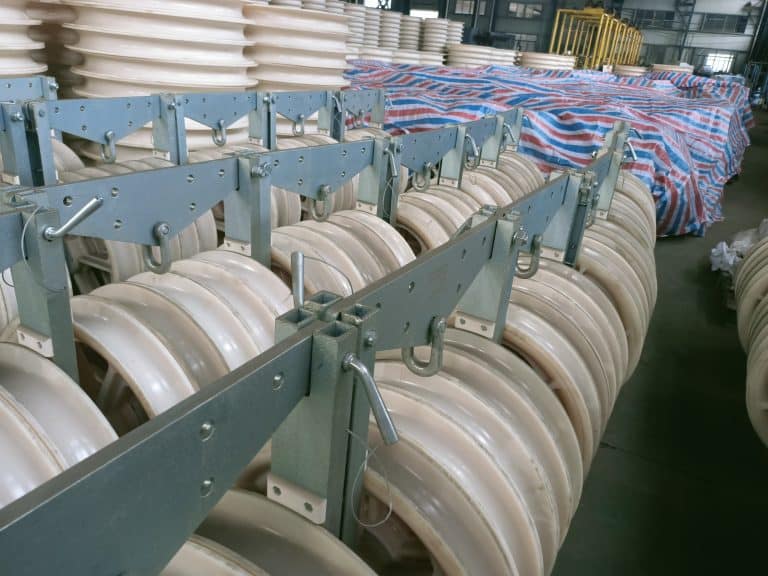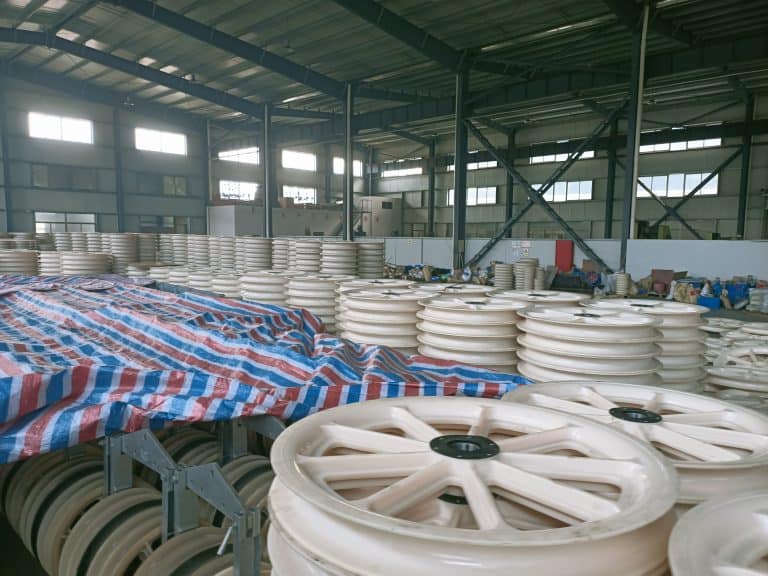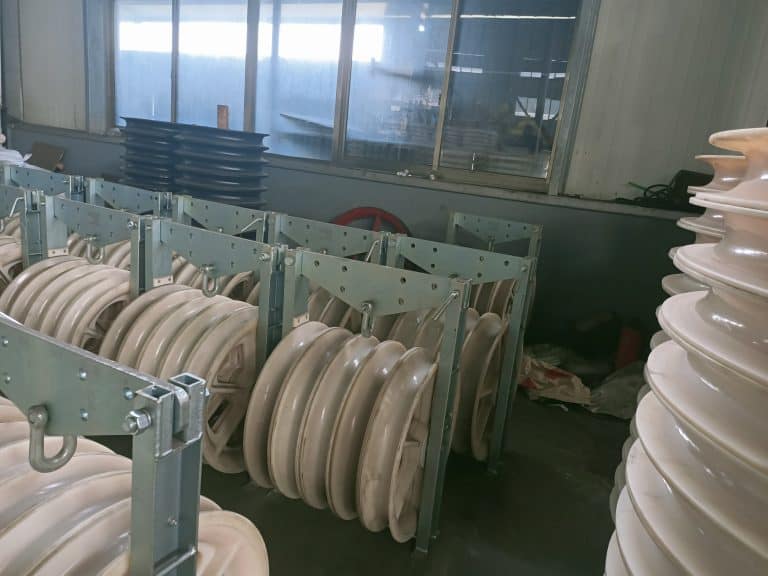Important and Best Things to Know About Wire Stringing Blocks.
A short note about Wire Stringing that you may know about Wire Stringing Blocks, also…
A short note about Wire Stringing that you may know about Wire Stringing Blocks, also known as pulling blocks, are used to help string stranded conductors. The sheave is made of aluminum alloy or high-strength nylon. They have a groove that allows compression sleeves, swivel connectors, and pulling rope connectors to pass through.
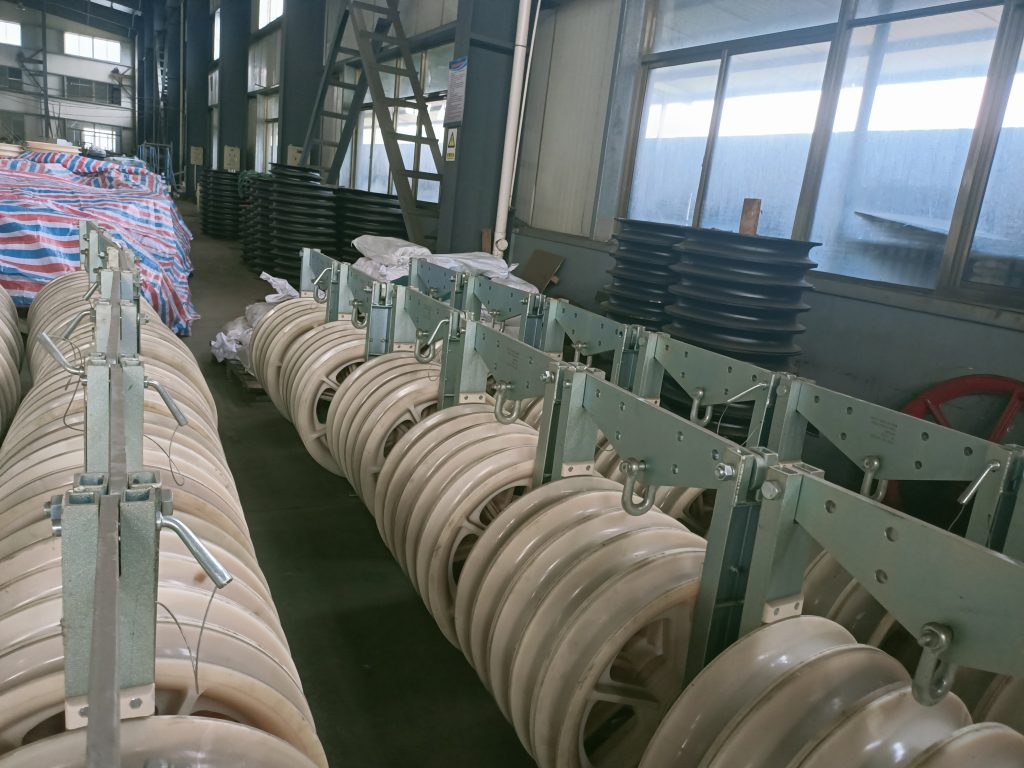
Advantages of Using Wire Stringing Blocks
Wire Stringing Blocks have many best and surprising advantages, the most important of which is that it makes the installation process much more manageable.
The Wire Stringing Blocks are versatile and can string stranded aluminum and ACSR conductors on tangent structures. In addition, compression sleeves, swivel connectors, and pulling rope connectors can pass through the groove, making the installation process much more manageable. Finally, the sheave is made in aluminum alloy or high-strength nylon, ensuring it can withstand even the harshest conditions.
Usage Tips to Keep in Mind When Using Wire Stringing Blocks
Here are a few valuable tips to keep in mind when using Wire Stringing Blocks:
- Ensure the block is correctly secured to the structure before stringing the conductor.
- Always use gloves when handling the conductor.
- Be careful not to over-tighten the compression sleeve as this may damage the conductor.
- When pulling the conductor through the block, use an appropriate pulling rope connector.
- Check the block and connectors regularly for signs of damage.
Common Problems with it and How to Troubleshoot Them
There are a few common problems that you might run into when using wire stringing blocks. Luckily, they’re all easy to troubleshoot.
The most common problem is that the wire gets tangled around the block. It is usually because the block needs to be appropriately mounted or the wire needs to be tight enough. The fix is to make sure the block is mounted correctly and to pull the wire tighter.
Another problem is that the wire frays or breaks where it’s supposed to pass through the block. This is usually because the wire needs to be the right size for the block or because the block is damaged. The fix is to make sure you’re using the right size wire for the block and replace it if it’s damaged.
In conclusion
This type of Wire Stringing Blocks can string stranded aluminum and ACSR conductors on tangent structures. The sheave is made of aluminum alloy or high-strength nylon.
stringing blocks should be grounded at regular intervals, nesco stringing blocks, cradle block stringing, wire stringing dollies, sherman reilly stringing block xs100b, gmp universal stringing block, bethea blocks, stringing roller, tallman stringing blocks, stringing block conductor.

